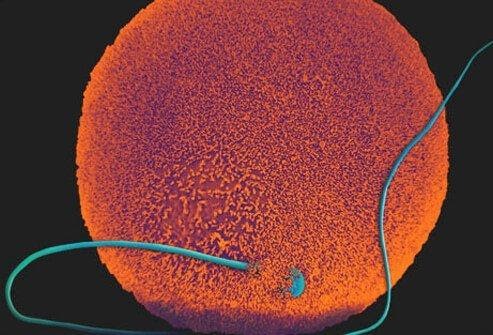

OVULATION
Each month, one of a woman’s two ovaries releases a mature egg in a process known as ovulation. Ovulation occurs about two weeks after the start of a woman’s last menstrual period.
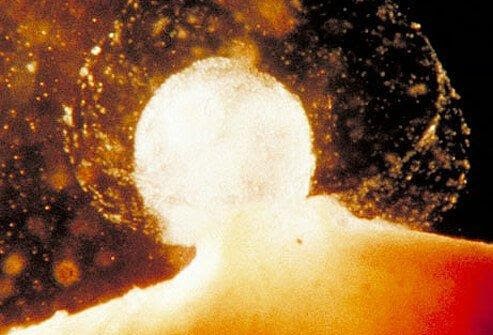
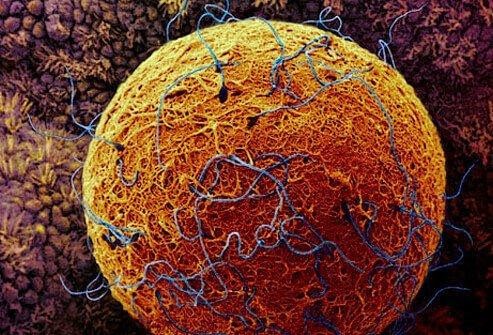
MOVING INTO THE FALLOPIAN TUBE
The released egg travels into the Fallopian tube, where it is fertilized by a single sperm.
THE SPERM’S LONG JOURNEY
When a man ejaculates, 40 to 150 million sperms may be contained in the fluid. The sperms start swimming upstream in the women’s reproductive tract toward the Fallopian tubes. The time it takes for a sperm to reach an egg is very variable – some may reach their target in half an hour, while others may take days. Sperm can live for up to 48 to 72 hours. Of the millions of sperm, only a few hundred even come close to the egg.
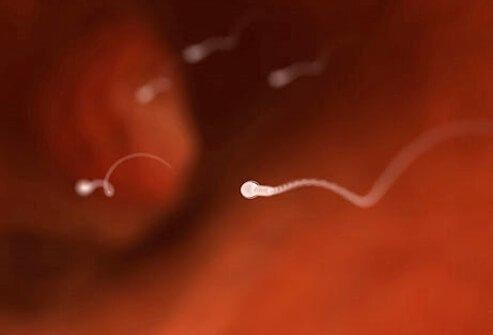
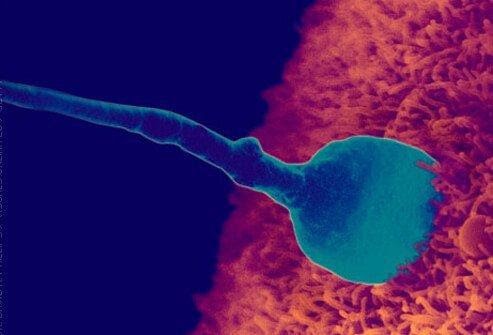
FERTILIZATION: SPERM PENETRATES EGG
The process of fertilization takes about 24 hours. Once a sperm has penetrated the egg, the egg surface changes, preventing entry of other sperm. Fertilization completes the genetic makeup of the baby, including whether it will be a girl or boy.
THE CELLS START TO DIVIDE
Once the egg is fertilized, a rapid process of division begins. The fertilized egg leaves the Fallopian tube and enters the uterus 3 to 4 days after fertilization. A tubal or ectopic pregnancy results in the rare cases in which the fertilized egg does not properly enter the uterus. An ectopic pregnancy poses serious health risks to the mother.
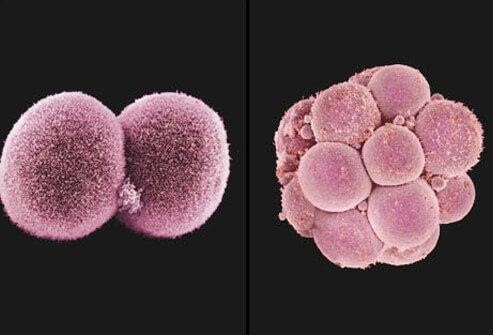

IMPLANTATION
Implantation is the process by which the fertilized egg attaches to the endometrium (lining tissues of the uterus). The cells in the fertilized egg continue to divide.
FETAL DEVELOPMENT
After implantation in the uterus, some of the cells form the placenta while others form the embryo. The heartbeat begins during the fifth week of gestation. At the eighth week the developing embryo is now called a foetus. The foetus at eight weeks is about ½ inch long and constantly growing.
SOURCE: https://www.onhealth.com
Click here to continue to the First Trimester

